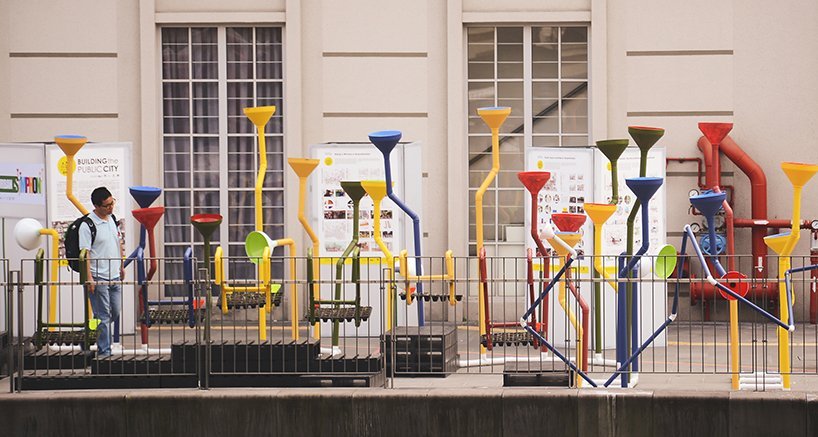Public Spaces are a strength to our built environment. They bring diverse groups of people together and participate with the community and create a social space for everyone. Public spaces are welcoming for all, easy to access for everyone in society. They should be comfortable, they are places where one can meet new people, rekindle with old friends, and interact with each other. Public places are meant to create sociability, where concerts and public events can be held and a sense of togetherness can be experienced.
The Role of Public Spaces in our Environment:
Public places have played a huge role in our environment throughout history, as Agora and Forums in the Roman and Greek times, the squares were the main market place in the medieval city. The well-designed plaza in the Renaissance period. And with modernism came the compacted cities that undermined the use of public spaces only as streets surrounded with tall buildings.
Today’s lifestyle is completely different from the way we used to live and work. With everything, from job to conversations shifting to a digital platform and people are connected virtually through gadgets. Public spaces have become merely transit spaces between destinations. They have become outdated and no longer fulfill the purpose they once served.
Urban installations and interactive modules have been used in various places to create an interactive atmosphere in an urban lifestyle. Various artists, architects, planners, and designers have designed various urban installations that have changed and enhanced the public spaces today. Art and interactive installations have used to create public spaces that have adapted to today’s lifestyle.
The Cloud Gate, Millennial Park, Chicago
Anish Kapoor
The immense mirrored sculpture is made up of 168 stainless steel plates welded together and placed on the ground. It’s about 10 meters tall, with a base of about 20 by 13 meters. Depending on the position you take, Cloud Gate is the mirror you choose for yourself. You can mix the elements as you wish: the sky, the city, the space above the lake and, and of course, the skyscrapers.
Modified Social Benches, Brooklyn
Jeppe Hein

Jeppe Hein created 16 sculptural, bright orange park benches for the exhibition. Scattered throughout the park, the Modified Social Benches twist and bend in response to the landscape. He re-invented the everyday users of social objects into strong and memorable objects. Jeppe Hein urges the users to become conscious of the act of sitting as they perch, recline or rest on his benches.
Urban Symphony, Kuala Lampur
Garis Architects

In collaboration with the UN, habitat was set up to set up a pop-art installation, to promote awareness on the quality of public spaces. The installation on the street allows passers-by to engage with the artistic process, ask questions about the work and goals. UPVC pipes have been used as they have great flexibility in forming angles and shapes. In this interactive art piece, a combination of 36 modules, as people speak into these modules, their voices are amplified and carried out into the air. the breeze carries these words and ideas into the atmosphere to create a collective voice.
A very comfortable environment is created through public art, for people to express themselves and interact with objects. Public art humanizes the built environment and strengthens society.
Urban installations and interactive modules should be used to communicate and experience a public space by people. Even though there is a dying culture of public spaces, it is vital for any environment and public to have a common area for them to interact physically and not just rely on virtual ways of communication. Architects, artists, and designers can creative solve this problem by designing urban and art installations that urge people to come out and physically experience a place.

